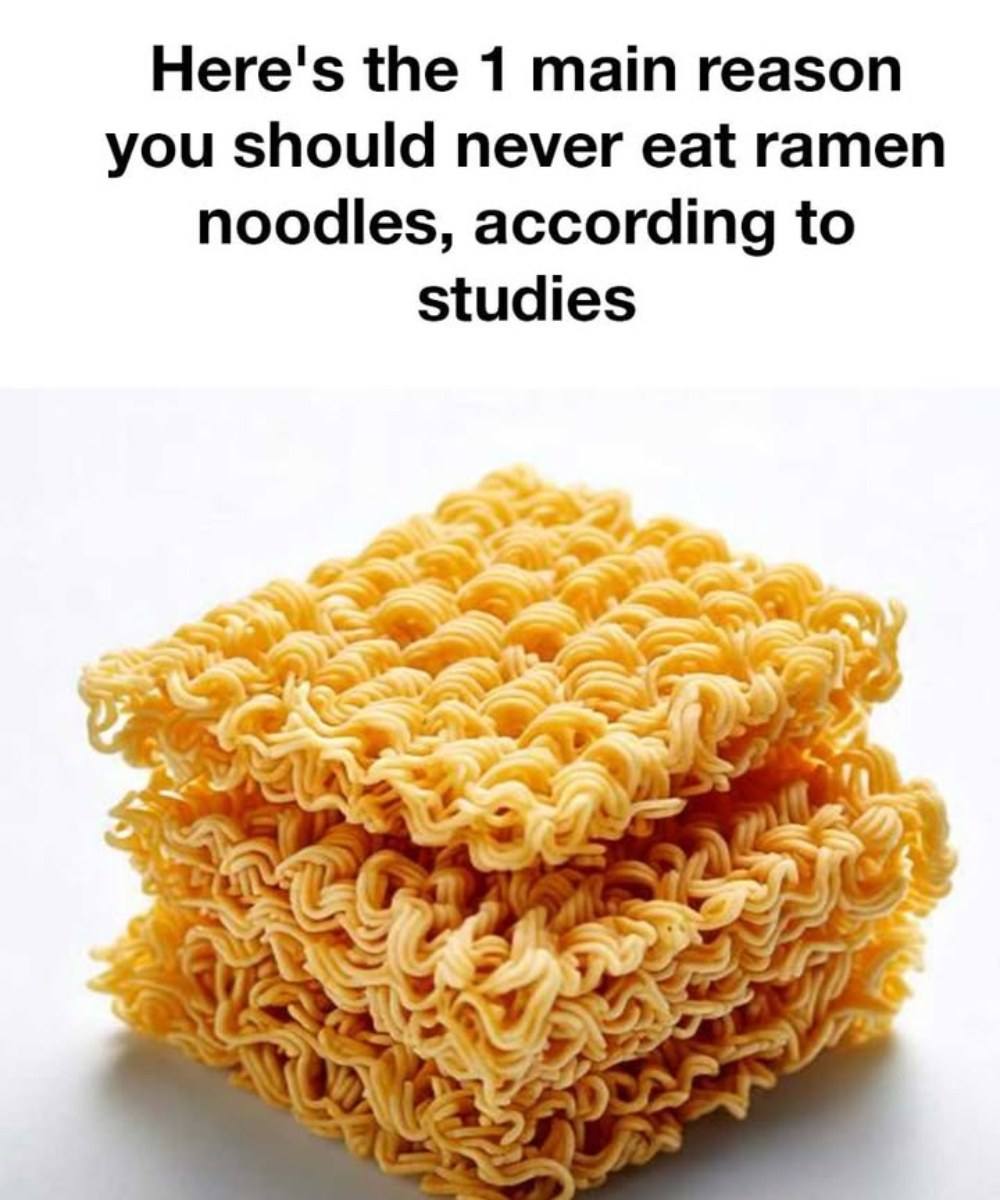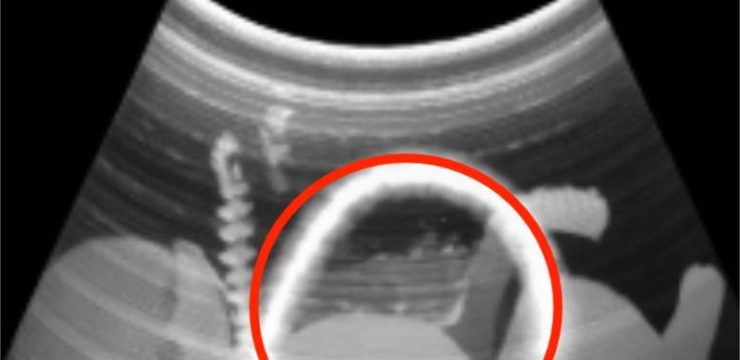Ramen noodles have long been the go-to solution for quick, budget-friendly meals. Whether you’re a college student strapped for time and cash, a busy professional needing a fast lunch, or simply craving something warm and comforting, it’s easy to turn to this instant classic. With just a few minutes and a splash of boiling water, you’ve got a steaming bowl of salty satisfaction. But behind the convenience and low cost lies a deeper story—one that’s not so comforting when you start digging into the ingredients.

More Than Just a Salty Snack
Most people already know that ramen noodles aren’t the healthiest food option. They’re typically loaded with sodium and offer very little nutritional value. In fact, a single serving often exceeds the recommended daily limit for salt, which is known to raise blood pressure and increase the risk of heart disease. But while the high sodium levels might be enough to give nutritionists pause, there’s another ingredient hiding in plain sight that deserves more attention—one that’s not as widely talked about but just as concerning.
Meet TBHQ: The Preservative You Didn’t Know You Were Eating
One of the most concerning ingredients in many brands of instant noodles is a chemical preservative called tertiary butylhydroquinone, or TBHQ for short. It’s a synthetic antioxidant used by food manufacturers to extend shelf life and prevent fats and oils from going rancid. On paper, that sounds practical, especially for food that needs to survive long shipping times and stay edible for months on grocery store shelves. But what exactly is TBHQ doing inside your body?
Small Doses, Big Concerns
The U.S. Food and Drug Administration (FDA) does permit the use of TBHQ in small amounts, generally considering it safe when consumed within those limits. But the real issue arises from repeated, long-term exposure. Studies suggest that regular consumption of TBHQ—even within so-called “safe” limits—may come with health risks. Animal research has linked it to problems with the immune system and even potential disruptions in neurological development, especially in young children. There’s also evidence suggesting TBHQ might increase the risk of certain cancers. While more human studies are needed, the existing research is troubling enough to raise serious red flags.
Ramen Isn’t the Only Culprit
Even if you don’t eat ramen often, you may still be consuming TBHQ without realizing it. This preservative isn’t exclusive to instant noodles. It’s also commonly used in frozen meals, crackers, microwave popcorn, and packaged snack foods. Because TBHQ is inexpensive and effective, it’s become a favorite among food manufacturers trying to extend product shelf life while keeping costs low. So, unless you’re carefully reading nutrition labels or choosing fresh, whole foods, TBHQ may already be a regular part of your diet.
What You Can Do
We’re not saying you need to swear off ramen forever. Like most things, moderation is key. Eating it occasionally likely won’t hurt you, but if it’s become a weekly habit—or worse, a daily one—it might be time to rethink your meal plan. Start by looking for brands that use fewer additives or offer organic or preservative-free options. Better yet, try making your own noodle bowls at home using fresh ingredients. It takes a little more time, but the nutritional upgrade is well worth it.
Awareness is your best tool. Understanding what’s really in your food helps you make smarter, more informed choices—not just about ramen, but about all the packaged products we tend to rely on in today’s busy world. So the next time you reach for that crinkly packet of noodles, pause for a moment. Ask yourself: Is this quick fix worth the long-term risk?
Because when it comes to your health, even the simplest meals deserve a second look.





